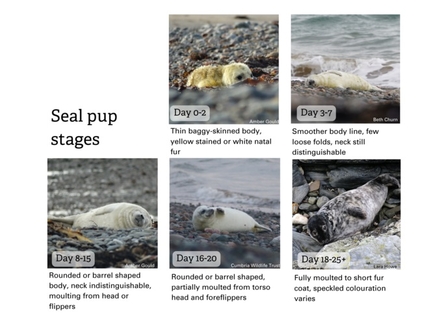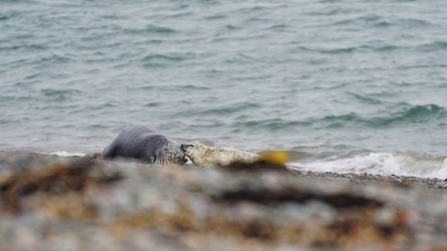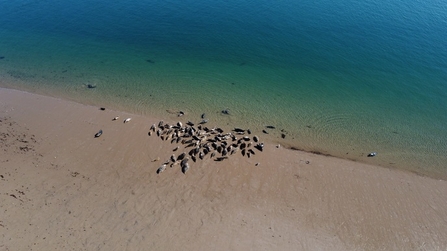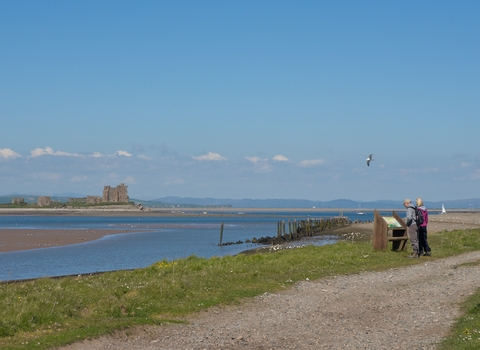Seal pups are a case study of an adorable baby animal - and like several other mammals, they are incredibly vulnerable for the first few weeks of their lives.
In the Autumn, female seals (cows) return to the same place they themselves were born to give birth to just one pup.
Newborn seals typically weigh just over 10kg. They're thin and baggy looking, with their tiny bodies covered with yellow stained fur. At this stage, pups are not strong swimmers and can't hunt for themselves, so they rely on their mother’s fat-rich milk to build up their strength.
In this three-week nursing period, pups must put on enough weight to survive for the next few weeks on land, until they are ready to enter the sea and begin hunting for food themselves.
The pup will feed up to 6 times a day for up to 10 minutes each time.





